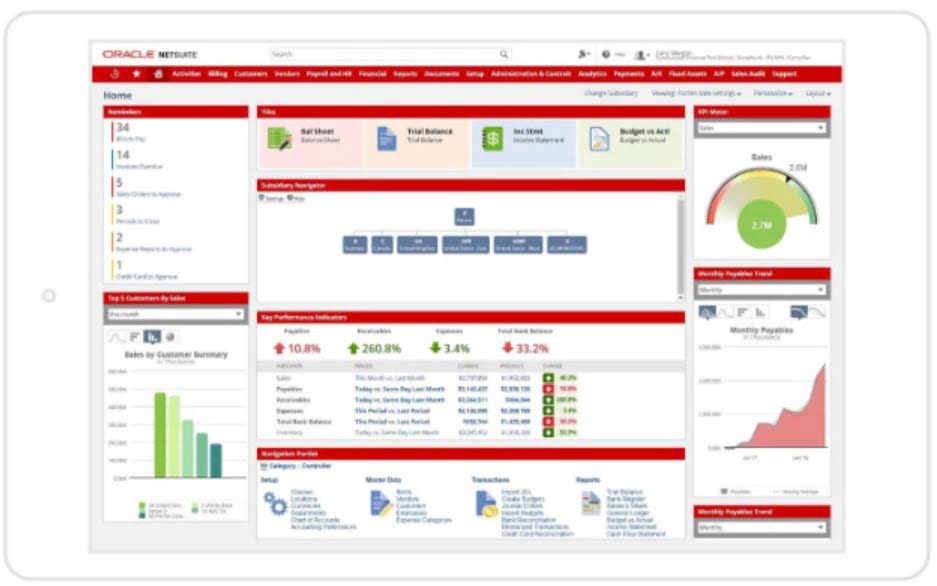- September 14th, 2020

Every sales transaction and purchase are recorded in the inventory tracking system, including details such as quantity sold, price, date, and customer information. This inventory tracking methods data provides insights into the movement of goods and helps in demand forecasting. Effective inventory management is crucial for any business that buys and sells goods. There are many inventory management techniques that can help you increase revenues, reduce costs and improve customer satisfaction. Cross-docking is the act of receiving inventory from suppliers and then immediately shipping those products to customers without spending time in a warehouse.
Tracking returns from customers

Inventory tracking helps estimate customer demand and maintain the right amount of inventory across the entire chain of activities. Doing so helps improve business efficiency, reduce costs, and enhance customer lifetime value. While prices depend on the features the system offers, computerized inventory tracking systems can be quite expensive, especially when compared with manual systems. For instance, a barcode system typically costs around $1000 USD and an RFID reader costs a little more, around $1,500-$3,000 USD. Inventory management systems, on the other hand, can range between $50-$300 USD per month.
- For larger businesses, tie the information into an enterprise resource planning system.
- On the other hand, the aging analysis evaluates how long inventory items have been held in stock by categorizing them into age brackets (e.g., 0–30 days, 31–60 days, etc.).
- These counts help identify discrepancies and ensure the recorded data aligns with the actual stock on hand.
- To achieve this goal, businesses tailor their tracking processes according to their needs and requirements.
- If you find that your system’s count is very close to your actual count, then you can feel confident your inventory tracking is efficient and detailed.
Manage your inventory and business easier
Many issues are difficult to solve with product quality, shipping delays, or inventory shortages. Maintaining customer satisfaction can be difficult if problems arise that virtual accountant are beyond the retailer’s control. Dropshipping is an inventory management method where a retailer does not keep products in stock but instead transfers customer orders and shipment details directly to a supplier or manufacturer. Excessive inventory can lead to increased carrying costs and waste, making it essential to strike a balance.
Best ways to Streamline & Improve Inventory Tracking

Many small businesses start out by manually tracking inventory using spreadsheets. As companies grow in size and complexity, they typically transition to using inventory management software and perpetual inventory systems that track inventory in real time. Accurately tracking your inventory can significantly increase your efficiency and help you keep up with customer demand. Inventory tracking is the process of monitoring and recording the movement and status of inventory items within a business. It involves keeping a detailed and up-to-date record of the quantities, locations, and attributes of products or materials in stock. Primarily, inventory tracking ensures that you always have accurate and up-to-date information about your stock levels.
- All inventory information is centralized and easily accessible on ticketing systems allowing service agents to quickly respond to internal or external business queries.
- Now that we’ve explored how RFID technology functions within warehouse operations, you might be wondering — what’s the real payoff?
- It saves them from having to go to the trouble of carrying out inventory recounts, thus freeing up staff to do more important and productive things.
- They can create one sheet for each stock unit and update it accordingly so the sheet displays the inventory at any time.
- Let’s go over some additional advantages of having an inventory tracking strategy in place.
Ensuring compatibility and seamless data flow is essential for maximizing retained earnings balance sheet the benefits of RFID. Collaborating with experienced vendors can facilitate smoother integration processes. Now that we’ve examined the types and costs of RFID tags, it’s essential to address the challenges that can arise during their implementation. Understanding these obstacles will empower you to navigate the transition to RFID technology more effectively.
No Comments »